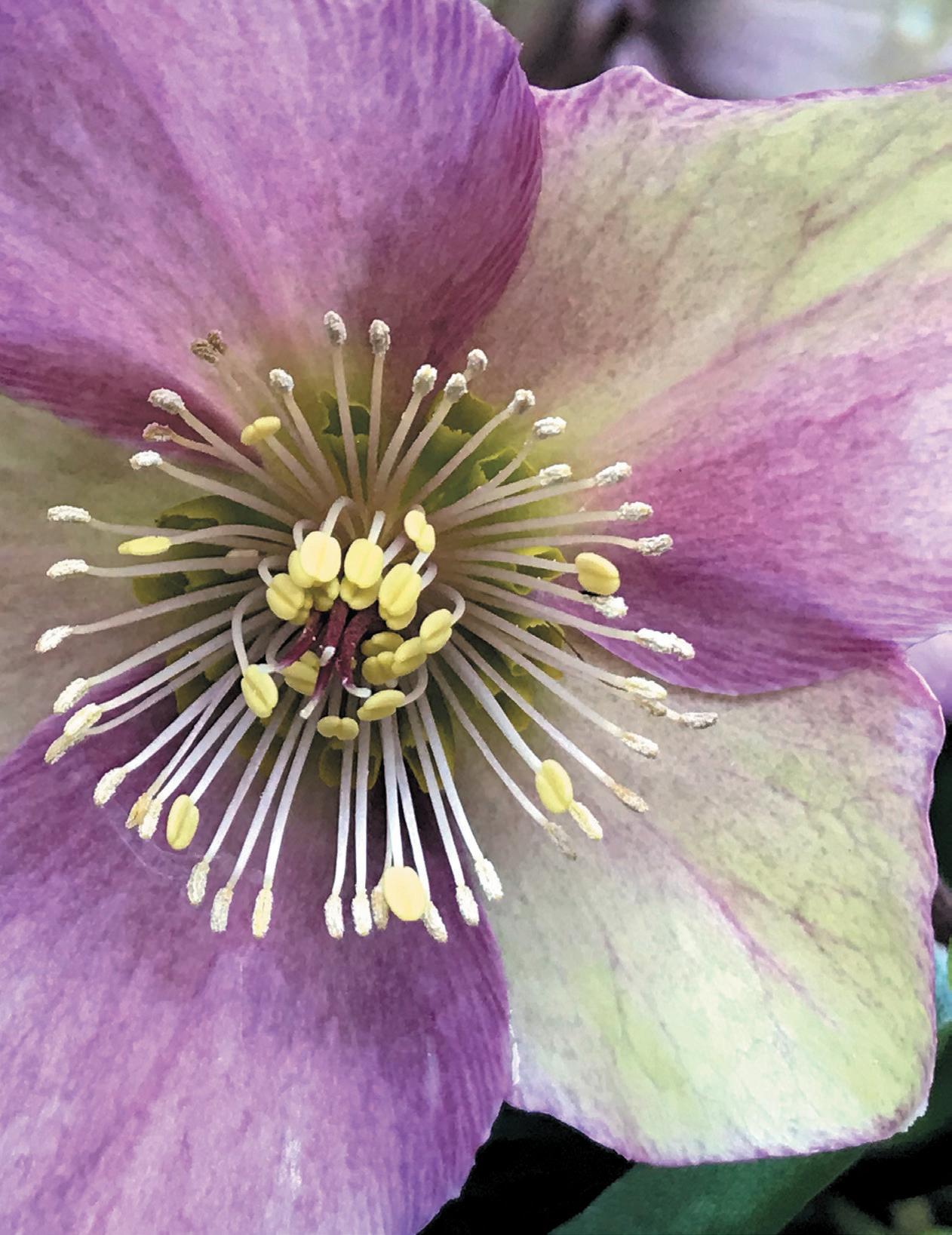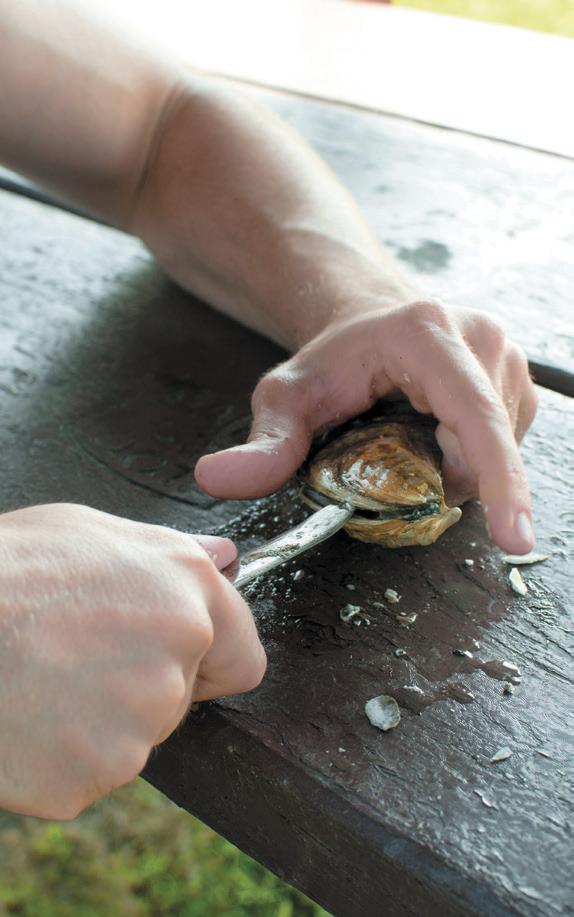
2 minute read
Discovering Hellebores
Hellebores Take Root
Afew years ago, while I was plant shopping, a small bush with a cluster of beautiful mauve and green flowers caught my eye. It was a Helleborus orientalis, more commonly known as a Lenten rose. Fond memories of seeing these plants when I lived overseas years ago came back, and I was intrigued.
Advertisement
As a Southern California girl transplanted to Bavaria, gardening with seasons was a new frontier. My first memory of hellebores was seeing them in German village gardens. Lenten roses have pretty flowers that bloom during the colder months of the year, and it was a treat to see flowers popping through a late snow when the confines of winter were stretching on and starting to take their toll. Hellebores are not common in Southern California gardens, but certain varieties of these perennials have been growing in popularity over the past couple of decades and are well-suited to certain conditions, such as morning sun or shade. And hellebores can be drought tolerant once established. They thrive in Southern California’s alkaline soil and are tough plants that don’t need much effort.
When I brought my new plant home, I set it in a big pot and placed it in my garden with strong midday sun, letting it completely dry out between watering. The leaves
stayed robust but there were no more blooms the rest of the year. I was feeling like a bit of a failure, but the next January a few buds appeared. Once they bloomed, the flowers lasted more than a month, even after I cut them to put in a vase.
By the end of March, the plant finished blooming and didn’t do anything again for the rest of the year. I eventually figured out that hellebores only have one bloom cycle a year, so I felt a little vindication. I also realized the plant needed a bit more shade, so I moved the pot where the sun isn’t so harsh and it gets a bit more water. My hellebore is much happier now and has three plant clumps instead of one and a lot of buds.
Next up on my garden learning curve will be an attempt to divide the clumps and eventually fill in a shady area under my garden shelves. I found conflicting information on the best time to divide, so I’ve decided to do it in late spring after the plant has had a resting period after blooming and before weather gets too hot so the plants can settle in.
Now is the time to shop for these beauties while they’re blooming. Since I feel like I have cracked the hellebore code, I’m on the hunt for a different variety this year. Nurseries typically don’t stock large numbers of this plant but it’s worth the hunt to add this seasonal beauty to your garden.
Helleborus 'HGC Ice n Roses Red' provides a lot of blooms over a few months in Southern California winters.










